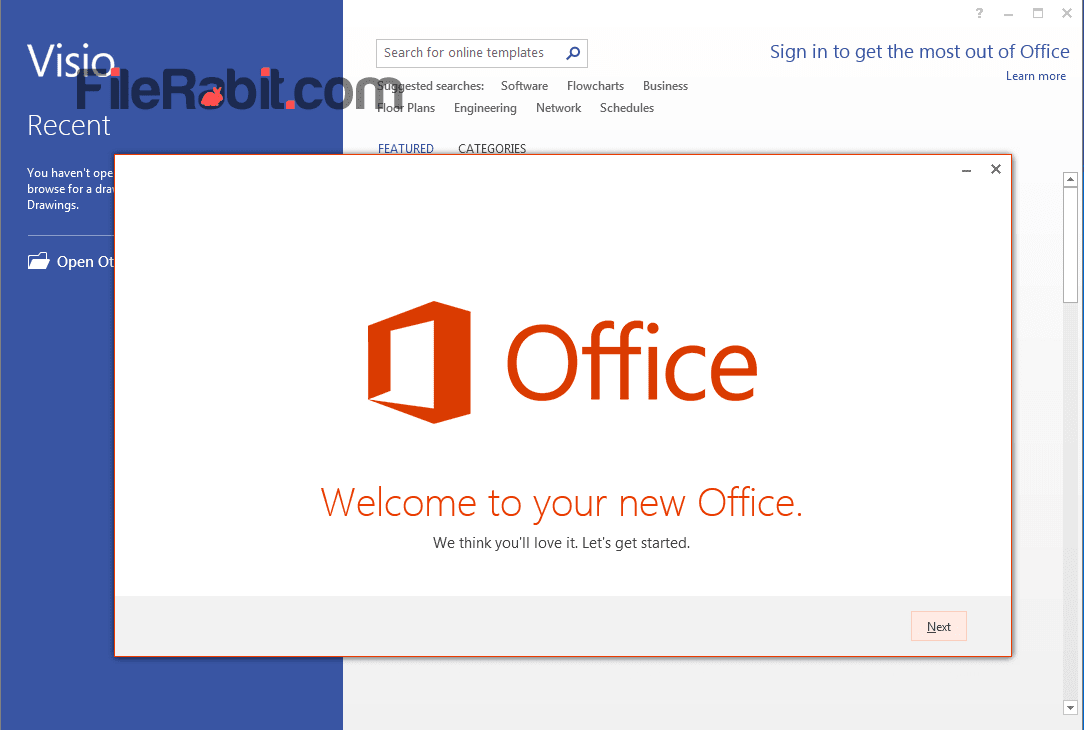
Implement process objects via diagrams.Use object occurrences (instances of the same object) to link different levels.Link shapes to other diagrams (such links are also called “assignments”).

Place diagrams into a folder hierarchy.Generally speaking, there are several techniques for an architectural decomposition: BPM-X® Designer makes Visio® the fully-featured tool for modeling enterprise and business architecture. Visio® is an easy-to-use tool, and it can do much more than mapping simple process flows.

The following podcast demonstrates some according modeling techniques with Visio® 2013, SharePoint® and the BPM-X® Designer tool. This post focuses on the SharePoint®-based solution and the aspect of how to model a business architecture by decomposition and different levels of granularity. And there are modeling languages like ArchiMate® and BPMN™ which help to visually express your enterprise and architecture using different viewpoints (diagrams).īPM-X has developed an enterprise object repository which is based on one of two different technical solutions: You may either use Microsoft® SharePoint® or the BPM-X Repository Server, a web services-based back-end for public and private cloud operations. In this way you may start from the overall enterprise perspective and end up on the implementation level with supporting IT systems and applications. As a result you can easily achieve a business and functional decomposition and structure your process diagrams into according to different levels of detail. BPM-X® has enhanced Visio® by a smart repository approach so that the construction of a real business architecture is a breeze. People mostly believe that Microsoft® Visio® is just a simple drawing tool which is limited in scope when it comes to business process modeling and the complexities of business architecture. Enterprise and business architecture modeled with Microsoft® Visio® 2013 and SharePoint® Blog: BPM-Xchange team blog


 0 kommentar(er)
0 kommentar(er)
